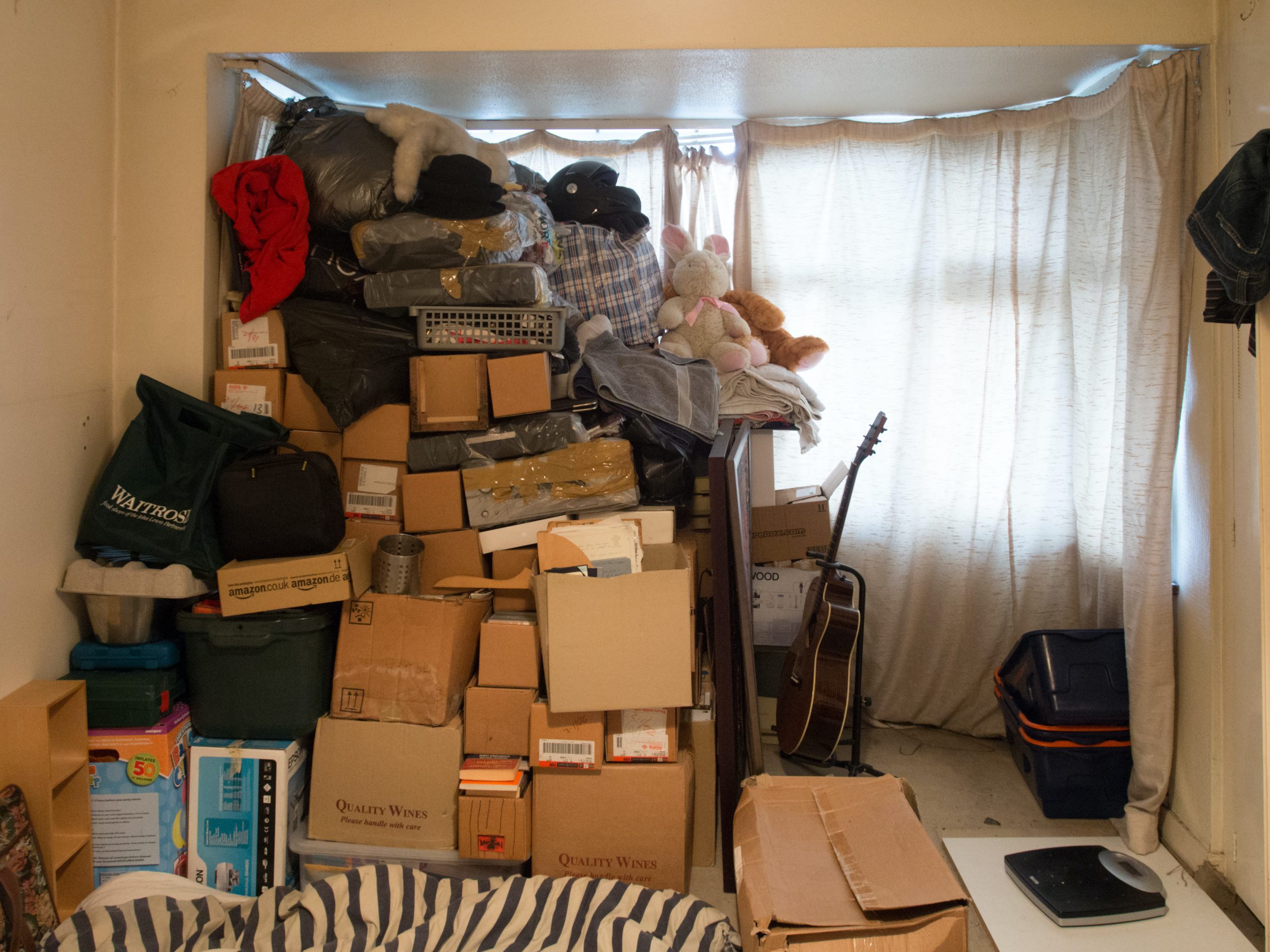
Moving home can be an expensive undertaking, so it’s no surprise why many folks decide to take on this task themselves.
You should plan your move like a military operation, making an inventory of your contents and how they should be packed and loaded onto the van.
Depending on the size of the task, you might need to spend between two to four weeks on the project, from the planning stage to unloading at your new home.
It’s easy to under-estimate the workload – and it can be physically exhausting – so think carefully about whether the savings will be worth it. Professional packers will be insured, have the right transport and can store your belongings if required.
Consider how you’ll move heavy items, such as a solid wood dining table or piano. Special packing requirements might be needed for pictures and precious ornaments.
You also want to hire a van that’ll get the job done in one trip. If your license doesn’t cover you for what you need, consider hiring a couple of guys with their own van. While that’ll add to the cost, it won’t be as expensive as a professional removalist.
Here are some more packing tips:
1. Start planning four weeks ahead of your move. This will give you plenty of time and prevent you from having to pack at 2am every night in the week before you leave.
2. Plan, plan, plan. Make an inventory of the large items that will need special attention, such as framed pictures and photographs. Make a note of the heavy items and ask yourself how they’ll be moved. You may need to hire help to shift big furniture. If so, organize this well ahead of time.
3. Be sure to buy the right materials to make packing delicate items safe, and buy quality boxes, bubble wrap and tape.
4. When you buy boxes, ask if you can return any that are unused. If that’s possible, then overestimate your needs. Making a return trip to a store in the middle of packing is annoying and a waste of time. Buy quality boxes and tape and lots of bubble-wrap. A quality packing tape dispenser or two are worth their weight in gold. Breaking items because a box splits open is upsetting and frustrating.
5. Pack one room at a time. If you go about this in an ad hoc fashion, it will soon overwhelm you. Ruthlessly, finish one room before going to the next. Negotiate with your family which rooms should be packed first. Consider their needs and get feedback on the packing plan, as you’ll need their co-operation.
6. Consider overnight accommodation for the family on moving day. It can be too much to have to pack beds and mattresses for a large family on the day you move out, especially if you have small children.
7. Mark the boxes clearly. You might color-code them for upstairs and downstairs, and mark a box “Bathroom” and list its contents. A system will prevent anarchy at the other end, and a three-day search for the coffee maker.
8. Hire transport to ensure you make only one trip. Smaller vans might be cheaper but will mean multiple loading and trips, costing you time and energy. If you need a large van, hire a professional driver with their own rig.
9. Plan how you’ll pack the van. What needs to come off first? What can come off last? This makes a huge difference to the efficiency of unloading your belongings. Pack children’s beds and toys last so they come off first.
10. Call your insurance company and ask if they’ll insurance the contents of your home during the move.
Once you’re done, don’t forget to lock up your house and give the keys to your real estate agent for the next owner. And then, you’re ready to write a new chapter in your life. Good luck!
